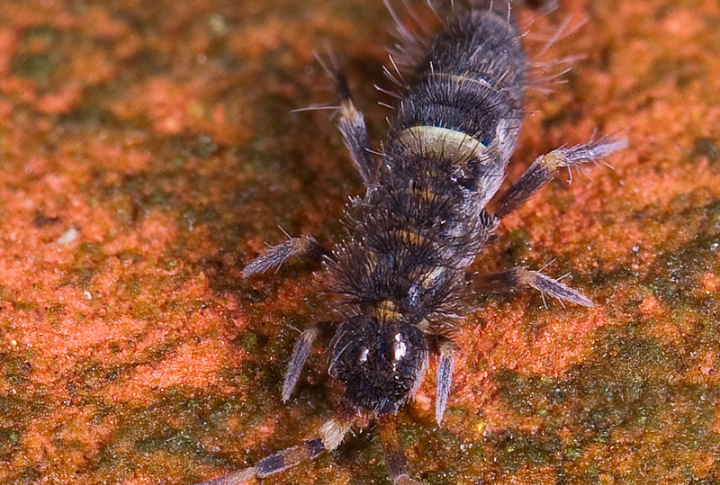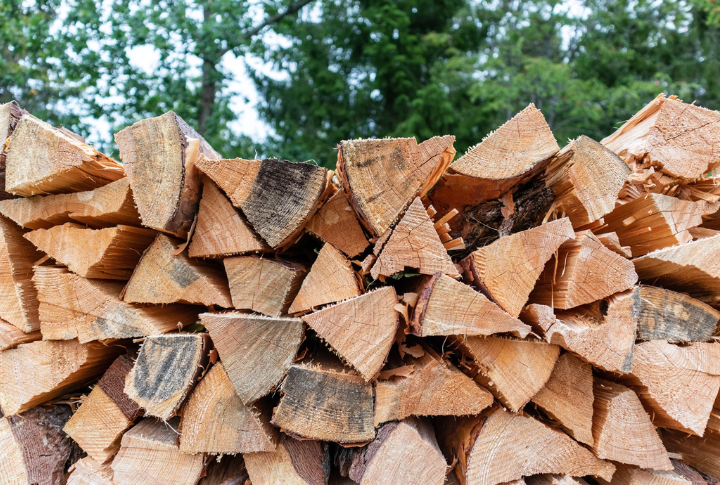Animals
10 Ways The Asian Needle Ant Is Disrupting Life In The Southeast

The Asian needle ant has made its way into the Southeast, and its impact goes far beyond a sting. This invasive species is changing ecosystems, disrupting daily life, and forcing communities to adapt. These real-world consequences show why experts are sounding the alarm early.
Altering Seasonal Ant Behavior Across The Region

Asian needle ants become active by late winter, catching native species off guard. This shift disrupts how insects interact and when they appear. Scientists across the South now document earlier aggression in ant populations than what was typical a decade ago.
Pushing Out Native Ground-Dwelling Insects

These ants prey on springtails and isopods, tiny decomposers that help recycle organic material in the soil. In areas where they take hold, centipedes and ground beetles become harder to find as well. This decline directly harms soil health in forests and backyards.
Building Colonies In Unusual Urban Locations

Asian needle ants are turning up in places no one expects—inside car engines, air conditioning units, and electrical boxes. Their attraction to warm, insulated spaces makes urban environments ideal. Unlike native ants, they survive easily without needing contact with soil.
Increasing Pest Control Costs For Homeowners

Controlling Asian needle ants often takes more than one visit from the pros. Store-bought sprays usually miss the mark, allowing colonies to rebuild. In some neighborhoods, residents say the ants return every few months, no matter what they try.
Decreasing Real Estate Appeal In Affected Zones

Real estate agents now encounter ant infestations as a growing concern during showings. Some states even mandate disclosure of such invasive species. Buyers have walked away after spotting ants at entry points, especially in South Carolina and Georgia neighborhoods.
Jeopardizing Native Seed Dispersal Systems

Native ants play a key role in spreading wildflower and understory plant seeds, but Asian needle ants don’t participate in this process. As the invaders push native species out, botanists have noticed clear changes in forest plant life.
Spreading Unchecked Through River Corridors And Wetlands

Asian needle ants thrive in the damp shade of riverbanks and wetlands, where colonies expand with little resistance. Rivers help them move downstream naturally, and biologists in Tennessee and North Carolina have traced their spread through watersheds, threatening long-term biodiversity.
Complicating Firewood And Landscaping Regulations

Asian needle ants hitch rides in mulch and firewood, spreading quickly between counties. As a result, states have introduced new rules limiting wood product transport. Homeowners are now advised to inspect store-bought materials more closely to stay safe.
Disturbing Wildlife Monitoring And Research Programs

In areas overrun by Asian needle ants, research teams struggle with skewed insect data. Native species counts drop, and long-term sampling becomes unreliable. Conservationists say this interference makes it harder to track trends or restore ecosystems already under stress.
Becoming A Persistent Threat In Schoolyards And Playgrounds

Asian needle ants are turning up near benches, play areas, and sports fields, making schoolyards a growing concern. After several stinging incidents during recess, some schools have started limiting access to grassy spots while maintenance teams increase inspections to stay ahead.

